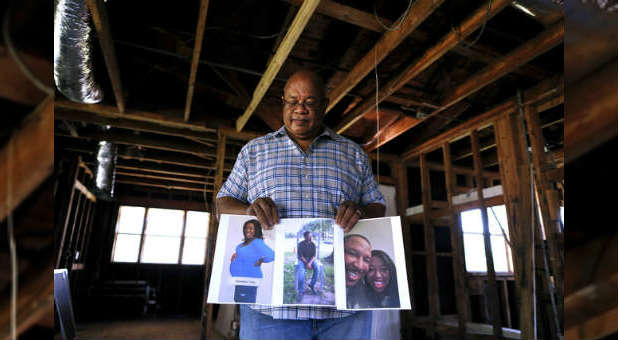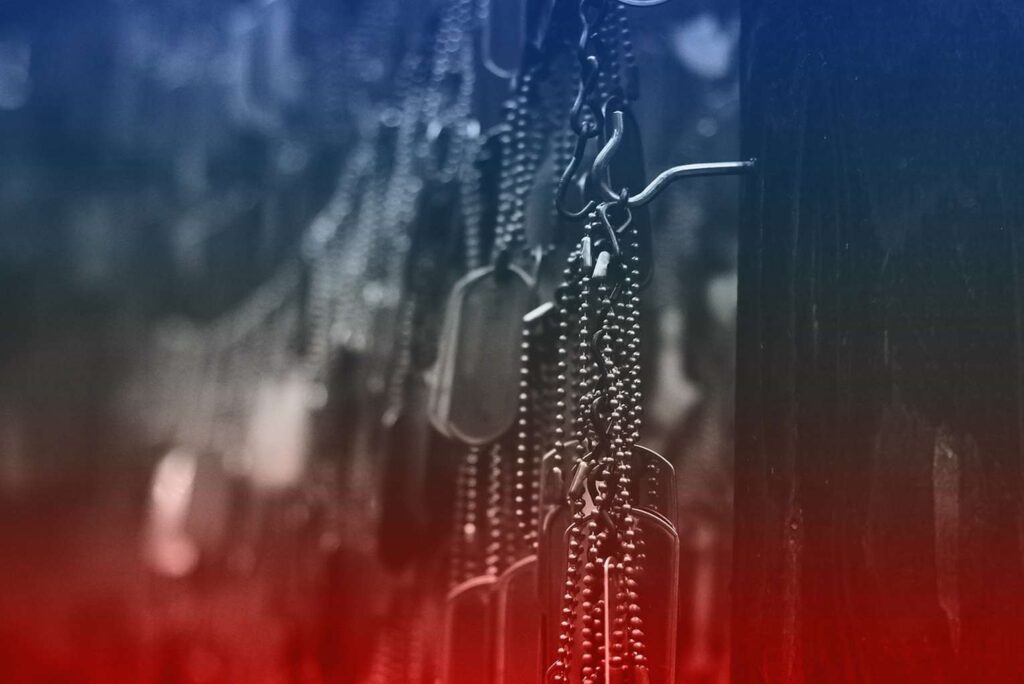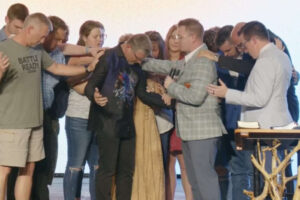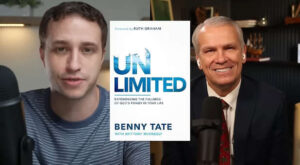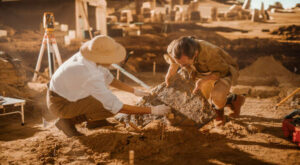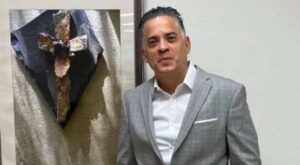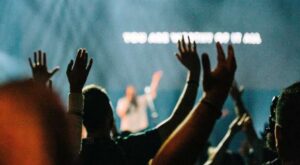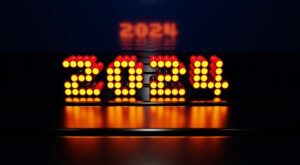A decade after Hurricane Katrina, New Orleans seems to have found its rhythm again: the French Quarter is choked with tourists, construction cranes tower over the skyline, and hipsters bike to cafes in gentrifying neighborhoods.
But recovery has been uneven in the city, which took the brunt of the 2005 storm that killed more than 1,800 people and was the costliest in U.S. history.
Many properties still bear physical scars from the hurricane, particularly in poorer African-American neighborhoods. Social, demographic and political changes still ripple through the city.
In the mostly black Lower Ninth Ward, devastated by the flooding, Charles Brown is still attending services in his pastor’s nearly empty living room, waiting for the day when Mount Nebo Bible Baptist Church is rebuilt.
The black population of the city, long a hub of African-American culture, has plummeted since Aug. 29, 2005, the day Katrina swept in from the Gulf of Mexico and overwhelmed the levees meant to prevent flooding in the low-lying city.
Income gaps between blacks and whites have widened. Many African-American neighborhoods and the businesses supporting them have not fully recovered.
Brown’s family and neighbors were among more than 1 million evacuated from the region after Katrina, which exposed deep poverty in the city, and displaced more people than any other event since the Dust Bowl drought and dust storms of the 1930s.
Brown, an emergency responder, stayed behind to search for the missing.
“We should have made so much more progress,” said the 55-year-old Brown in an interview before a series of events the city is planning this month to mark the storm’s 10th anniversary. “I don’t see anything to celebrate.”
The population of New Orleans is now about 385,000, according to U.S. Census figures from 2014, representing about 80 percent of its pre-Katrina population.
The number of African-Americans has plunged by nearly 100,000 since the storm, while there are now about 10,000 fewer white residents, according to Census figures and the Data Center, a local nonprofit tracking demographic and economic trends.
Before the hurricane, African-Americans comprised 67 percent of the population. By 2014, that dwindled to 60 percent, the Census reported.
Orleans Parish, which has the same boundaries as the city of New Orleans, is the only county or parish in the United States with at least 4,500 African-Americans that experienced such a steep decline between 2000 and 2010, a Reuters analysis found, based on the Census counts before and after Katrina.
Some of the black population moved out to the suburbs, the Data Center notes, and some gradually are moving back. Every year since 2010, the city’s African-American population has increased, adding on average several thousand residents.
Yet some who came back say they live in a different New Orleans. Tracie L. Washington, director of the nonprofit Louisiana Justice Institute, returned to New Orleans after evacuating. Today she says something feels off in the city.
She compares it to a missed beat in the brass band parades, called second lines, that weave through its traditionally African-American neighborhoods on many Sundays.
“I’m just one of the survivors,” she said. “There shouldn’t be so few.”
Social Disruption
The scale of the exodus reveals itself clearly in the Lower Ninth, one of the only communities that has fewer than half as many residents as it did a decade ago. Boarded-up windows, caved-in roofs and overgrown lots are common sights.
Lower-income households in this neighborhood and others were particularly disrupted by the loss of a relative or neighbor to provide transportation to see a doctor, or help babysit.
“That was a very unique piece of the fabric of New Orleans,” said Erika McConduit-Diggs, president of the Urban League of Greater New Orleans, which advocates for African-Americans and other underserved groups. “What Katrina did was break down a lot of those social networks, and I think that has also had an impact on our recovery.”
With the shifting composition of its electorate, post-Katrina New Orleans has elected, at various points, a majority-white city council, a white district attorney and a white mayor, which had not been seen in decades.
“That was something that no one ever would have thought would happen,” said Edward Chervenak, director of the Survey Research Center at the University of New Orleans. “The politics changed.”
Mayor Mitch Landrieu hasn’t given up on bringing more people home. He is planning trips this month to Atlanta and Houston, where many of the displaced relocated, a city official said. He can tout new medical facilities and schools that have been overhauled as signs that New Orleans is rising again after a long decline.
Income Gap Widens
Yet the income gap between black and white residents has widened, according to the local Urban League. In 2013, the median income for African-American households in New Orleans was $25,102, compared to $60,553 for white households. The disparity has increased by 37 percent since 2005, according to figures from the Urban League.
“The folks who are benefiting from the most positive trends are the white community, whereas the African-American community by and large has not benefited in the same way,” said Allison Plyer, chief demographer at the Data Center.
Among those who left and still want to go home is Philoraine Skipper, who was rescued from a second-story window when flood waters engulfed her house.
She was evacuated to the Superdome arena, where she was reunited with her two daughters, and eventually went with family to Oklahoma, where she still lives.
“We will be coming back,” said the 69-year-old, choking back tears as she described her long and unplanned departure, and her excitement visiting New Orleans this week to continue her house repairs. “This is home.”
© 2015 Thomson Reuters. All rights reserved.
See an error in this article?
To contact us or to submit an article


